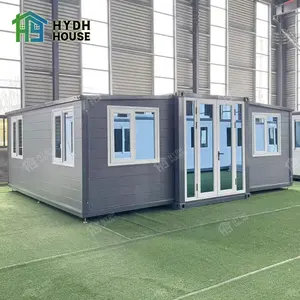Giới thiệu về nhà container chuyên nghiệp
Alibaba.com cung cấp các sản phẩm 10045 nhà container chuyên nghiệp. Có rất nhiều nhà container chuyên nghiệp lựa chọn dành cho bạn, chẳng hạn như nhà, tự do mua sắm, và nhà vệ sinh. Bạn cũng có thể chọn từ khách sạn, home bar, và văn phòng nhà container chuyên nghiệp. Cũng như từ thép, bánh sandwich bảng điều khiển, và khác nhà container chuyên nghiệp.Và bất kể nhà container chuyên nghiệp là 10 m, 40 m.














